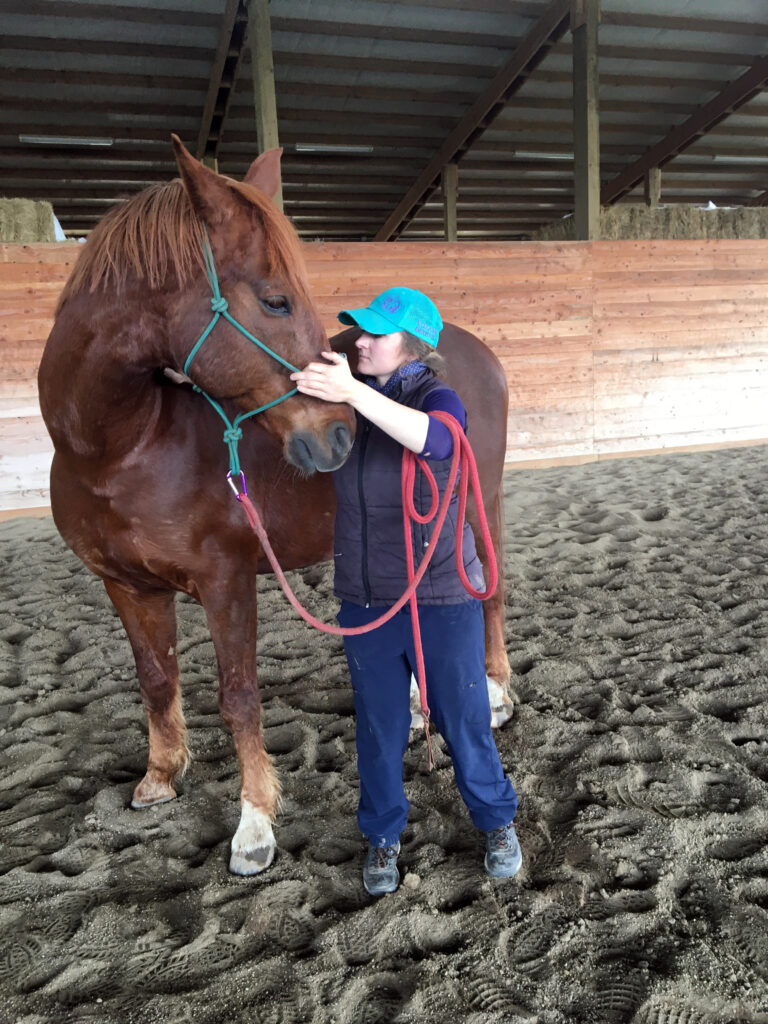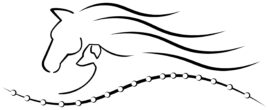Don’t wait until your horse is broken……maintain him so he lasts.
Horses have a timeless reputation for being noble, strong, and indestructible creatures. Throughout history they were used during war, marching fearlessly into battle for our conquests. They were our strength, helping to feed our families by plowing and harvesting the fields. They were our transportation, carrying us and our possessions wherever we needed to go. Although we no longer need them to provide transportation or win wars, they still help us win rank and money in the show ring. They still help us as ranchers, being faithful work aids to move and care for our livestock. Occasionally, you might find the old-fashioned individual who still uses them in farming. Horses are no longer a primary means of survival for the average individual, but they are still a major part of our lives. A horse “wears many hats”; a horse is a partner, a pet, a therapy tool, a work aid in agriculture, and an income base for people who show or raise them to sell. Horses do so much for us! They are an expensive financial and emotional investment, and we owe it to them to provide the best maintenance and care possible.
I find that many people take the strength of the horse for granted. They assume that since the horse’s body is large and muscular, their strength and vitality will not fail until old age. This is not the case. As an equine body worker, I meet countless horses whose bodies are tired, broken down, painful, and immobile even at a young age. These horses might not display infirmity; they may move quite normally and proceed to do their job with little or no complaint, but the body does not lie! Horses have a huge heart to please. Their strength and character often hide the physical limitations in their bodies until significant pain sets in or a simple restriction becomes a chronic one. At this point it may be too late to reverse. The body is very good at compensating for a limitation by taking up the limited motion in another joint or area of the body. This allows the body to survive and do what we ask of it. However, over time when a particular joint or area of the body is compensating, things start going awry. Due to compensatory patterns, it’s just a matter of time before the whole body becomes involved in some way. A once-local issue can become a whole-body issue due to connections in tissue, biomechanics, neurology, and fluidal systems. As the horse continues to use his body improperly, permanent changes can occur. These changes include but are not limited to changes in bone, muscle, ligament, and the function of affected structures, all leading to pain and immobility. This process can take days, weeks, months, or even years. It’s just a matter of time before the cascade of negative effects becomes visible.
A once-sweet horse may become “grumpy,” displaying behavioral problems such as bucking or rearing. He may develop riding problems like the inability to collect well, make turns, take a lead, or stop. He may become apprehensive about jumping. He might grind his teeth or be unable to chew well. He may become cinchy, sensitive to being brushed, ear or poll shy, or spooky. He may display odd body posture through imbalances in musculature. Or he can even develop immunity problems. These are just a few possibilities. Some owners will seek bodywork at this time, and others will shrug it off saying, “She’s just being a grumpy mare” or “He’s being an annoying gelding” until their horse finally breaks down.
So, how often does a horse need to be osteopathically looked at? This depends on the horse and how he is ridden, his job, past stressors/traumas, properly or improperly fitting tack, how the horse is kept (stalled vs pastured), etc. I like to look at my personal horses as soon as I halter break them, or at least by the time they are yearlings. I can help my colts prevent gelding scars if I mobilize that area shortly after castration. After that, I put them on a yearly schedule unless something occurs where they need extra support. Anyone with horses knows they can do things like fall, roll on rocks, get a leg stuck in the fence, pull back, and a wide range of other things that bring stress/trauma to their bodies. My personal horses that are heavily used in ranch work get a careful workover twice a year, and extra help when “they tell me” (behaviorally or physically) they need it. My horses with chronic limitations from past traumas get more frequent bodywork. From the osteopathic point of view, we do not want to take over the body’s vital self-healing capabilities. Although the horse occasionally needs help, I do not want to mobilize that animal all the time. I pay attention to what each individual horse is telling me in order to decide when they need extra help. If my horse starts doing something out of the ordinary, even if it seems small or insignificant, I listen to this behavioral “talk”; he is telling me something isn’t quite right. If my horse starts bucking, rearing, acting cinchy or grumpy, the message is more dramatic, urgent, and clear that he is crying out for help. This is my time to provide the help I am trained to offer.
Horses serve us in so many ways. Since we ask much of them, I strongly believe it is our duty to help them stay comfortable in their bodies. With some maintenance, it is simple to help a horse stay in balance. If we shrug off their warning signs, allowing years to go by without addressing their needs, there may come a time when it is impossible to restore critical functions. However, with routine and proper maintenance aimed at restoring vitality, mobility, and optimum function, we should be able to enjoy our horses longer, and experience the pleasure of helping them feel their best.
-Sonja, EDO-

